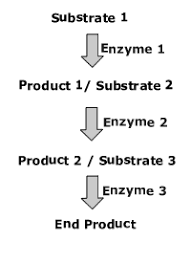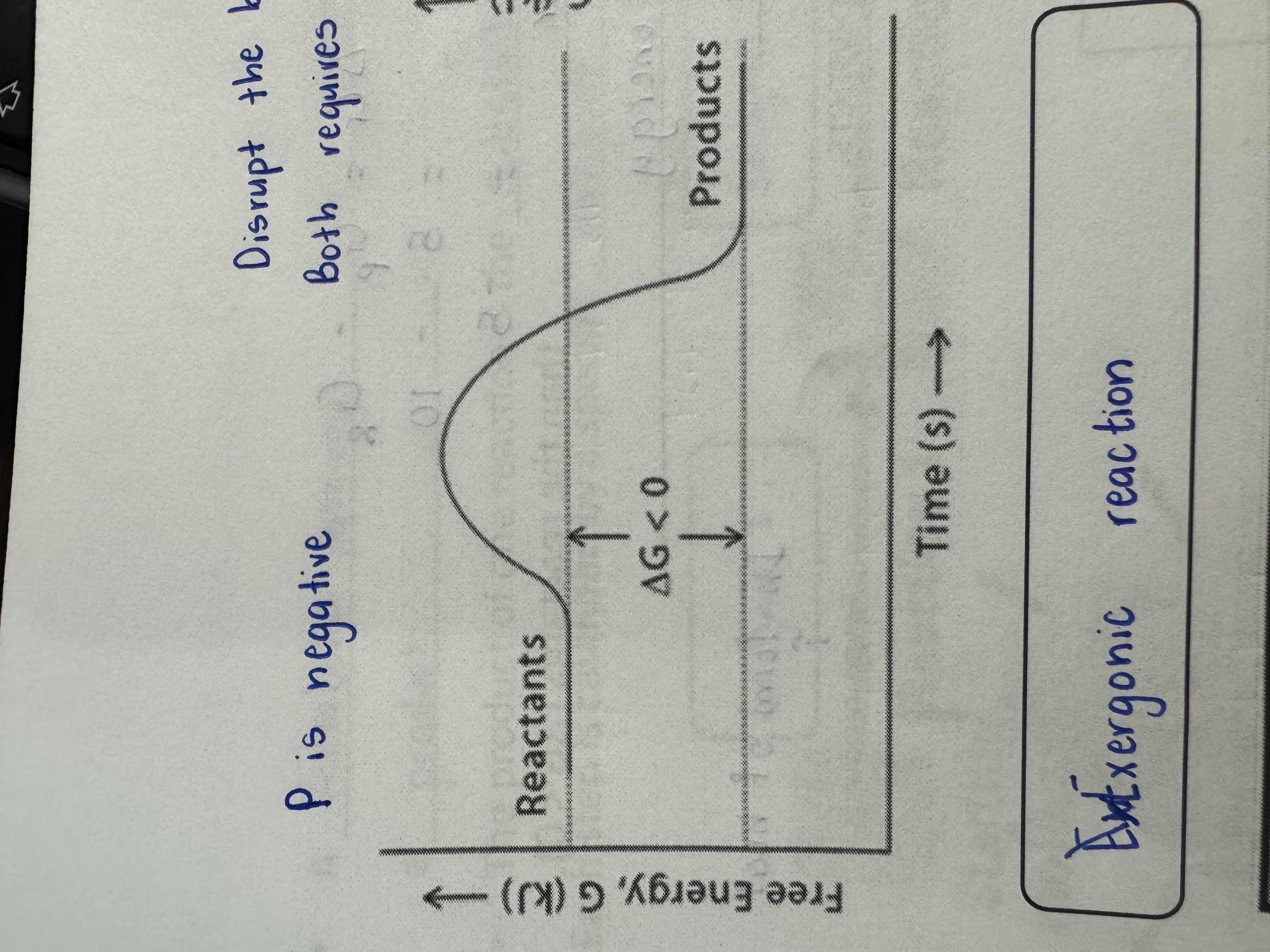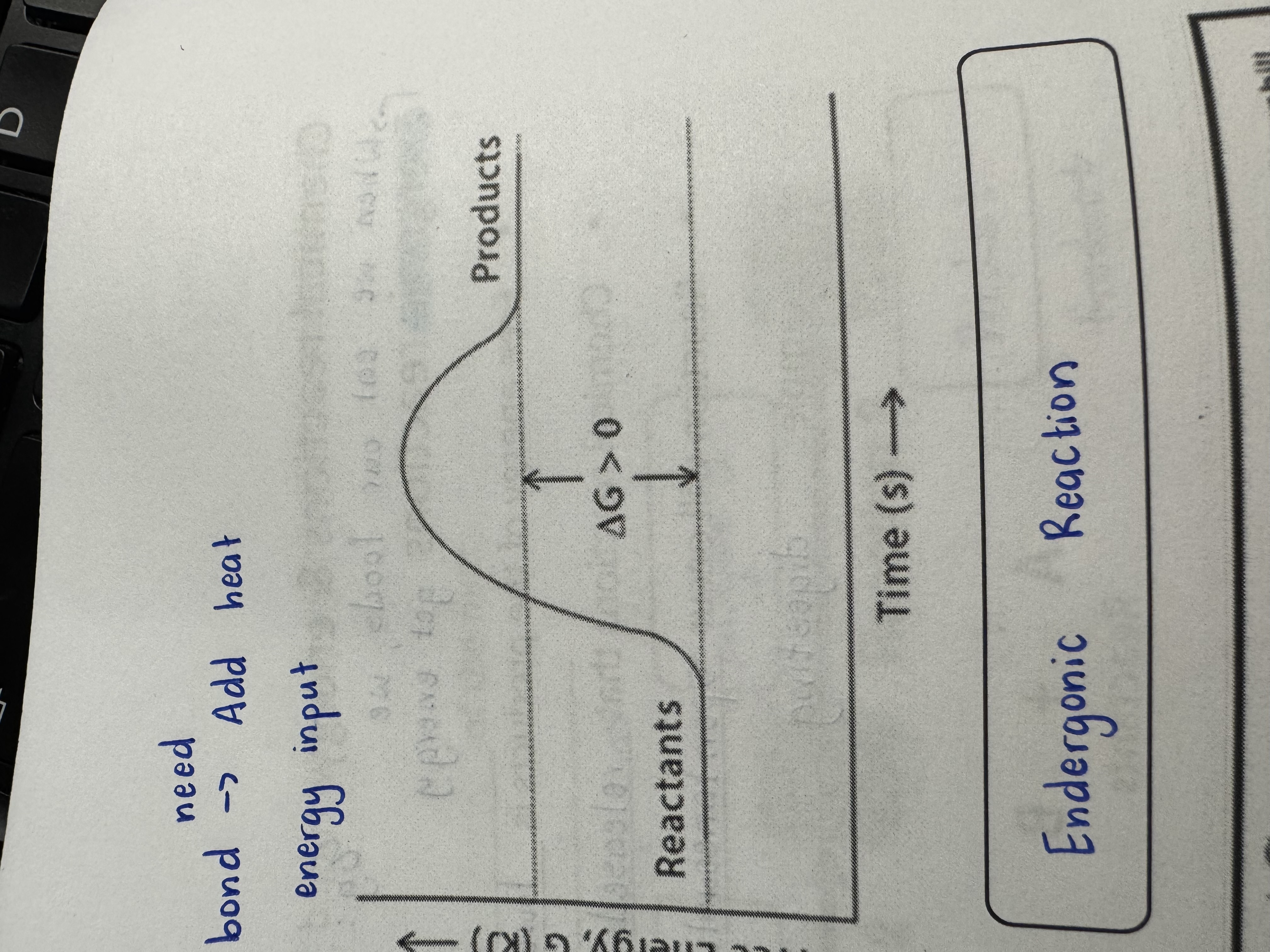Introduce to Metabolism & Cellular Energy
1/37
There's no tags or description
Looks like no tags are added yet.
Name | Mastery | Learn | Test | Matching | Spaced |
|---|
No study sessions yet.
38 Terms
What kind of system are you?
Living things are open system
First Law of Thermodynamics
Energy cannot be created or destroyed but can only change form or be transform from one object to another
Entropy
Measure of disorder or Reduces the amount of usable energy available to do work
Second Law of Thermodynamics
Energy transfer increases the entropy of the universe
Is any energy transfer is completely efficient?
No, some energy is lost as heat
Internal Organization
Cells → Tissues → Organs → Organ Systems → Entire body
High degree of organization of living things is maintained by
Constant input of Energy
Energy
Capacity to caused change
Potential Energy
Energy that matter possesses because of its position, structure
Is chemical energy is potential energy?
Yes because its available for release in a chemical reaction
Kinetic Energy
Energy associated with motion
Why is Thermal energy is kinetic energy?
Because it associated with random movement of atoms or molecules
Metabolism
All the chemical reactions that are required to maintain cells
Catabolic
Breaking bonds between molecules (Hydrolysis)
Anabolic
Forming bonds between molecules (Dehydration Synthesis)
Metabolic Pathway
Begins with a specific molecule and ends with a product

Gibb’s Free Energy (G)
A measure of the amount of usable energy of a system
Exergonic Energy
Chemical reactions that released energy
Endergonic Energy
Chemical reactions that require input of energy
Spontaneously
Occuring naturally

Exergonic Reaction
G < 0

Endergonic Reaction
G > 0
Energy Coupling
Cells store chemical energy in biological molecules, digest it and harvest the energy for cellular work
Organisms couple:
Exergonic Reactions with Endergonic Reactions
Full name of ATP
Adenosine Triphosphate
ATP meaning
Energy currency of the cell
Short term energy-storing molecule
ATP
Long term energy-storing molecule
Lipid
ATP Structure
Ribose Sugar (Pentose Sugar)
Adenine (Nitrogenous base)
Tri - phosphate group (3)AT
ATP Function
Releases energy when the bonds between the 2nd and 3rd groups are broken, forming ADP (Adenosine Diphosphate) and Inorganic Phosphate
Pi
Inorganic Phosphate and no carbon
Explain the ATP/ADP Cycle
Rechargeable Energy
Phosphorylation meaning
Kinase enzymes transfer phosphate groups from one molecule to another
Phosphatases remove phosphate group from proteins
What does Inorganic phosphate caused when it binds to another molecule?
Because it’s unstable, it causing a conformational change and becomes unstable
Conformational change
Change form, shape to new function
Phosphorylation is
Essential for controlling the activation of proteins involved in various cell functions